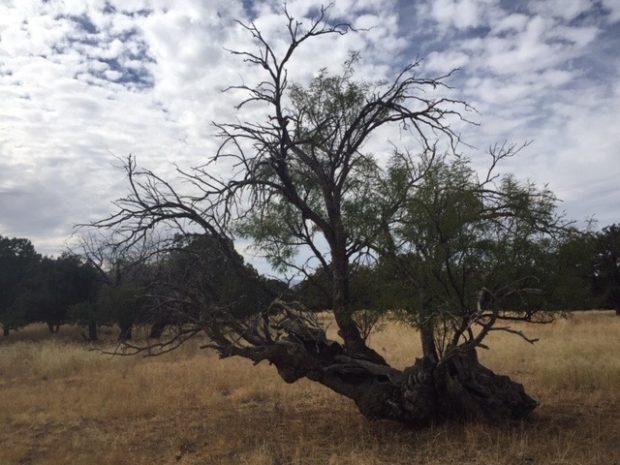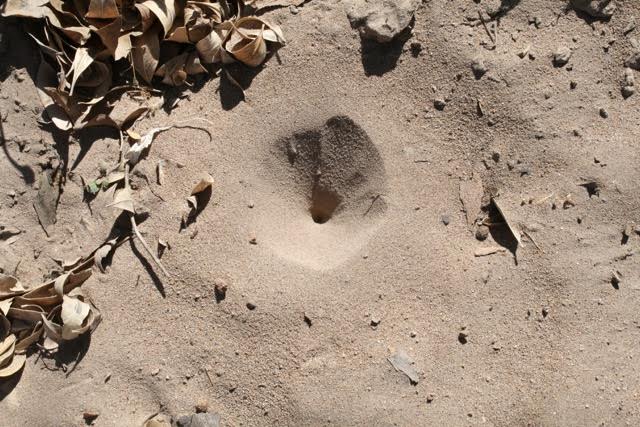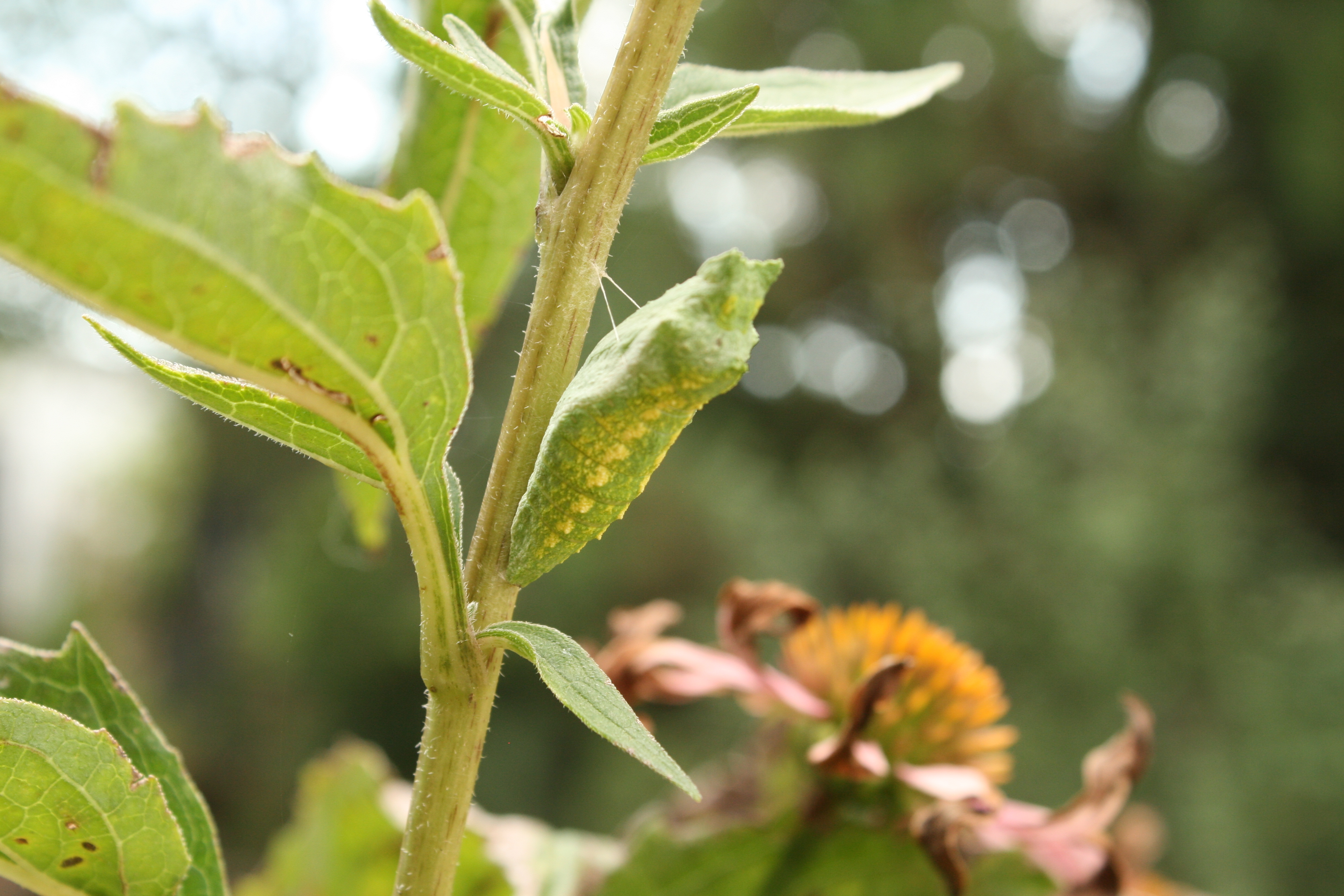There are three native species of mesquite found in Arizona; the western honey mesquite (Prosopis glandulosa var. torreyana), the screwbean mesquite (P. pubescens) and the velvet mesquite (P. velutina). Along the Interstate highways you find Texas honey mesquites (P. glandulosa var. glandulosa) indicating where Texas cattle were being moved to feedlots in California…manure falling from trailers. Texas honey mesquite is a popular urban landscape tree as well. In the urban areas of southern Arizona, you will also find an abundance of South American mesquites that fall under the common misnomer of “Chilean mesquite” and they fill city streets and neighborhood yards. Oh, and a quick note… native screwbean mesquite can be found in some landscapes as well. I suspect fans of this mesquite love the clusters of twisted seed pods and decorate their bookshelves, kitchen counters and mantles with them. I’m guilty.

I love it when I pull a favorite reference book off the shelf it will flop open to a much used section. Benson and Darrow’s Trees and Shrubs of the Southwestern Deserts always opens to the section on Prosopis species. It must be a sign.
Here are some other books that tend to flop open to “mesquite” after they come off the shelf:
At the Desert’s Green Edge, an Ethnobotany of the Gila River Pima, by Amadeo Rea.
Food Plants of the Sonoran Desert, by Wendy Hodgson
Mesquite, An Arboreal Affair, by Gary Paul Nabhan
Eat Mesquite and More, A Cookbook for Sonoran Desert Foods and Living, by Desert Harvesters
Cooking the Wild Southwest, Delicious Recipes for Desert Plants, by Carolyn Niethammer
The photos are mine. Mesquite flowers and that’s Ms. Mesquitey under that huge velvet mesquite. I love the photo of the gnarly old mesquite trunk still sending up new growth. What a tough tree!


Scotoleon Niger If I got the species of my local ant lion correct it is by luck and some educational guessing. There are 100...

Crotalaria pumila or Rattle Box is a sweet little legume found out in the grassland and up slope as well. The family Leguminosae may...

The scientific name of the black swallowtail is Papilio polyxenes. Papilio is from the Latin for butterfly and the specific epithet polyxenes is from...